Review of the Day: The Rock and the River by Kekla Magoon
 The Rock and the River
The Rock and the River
By Kekla Magoon
Aladdin (an imprint of Simon and Schuster)
$15.99
ISBN: 978-1-4169-7582-3
Ages 10 and up
On shelves now
I have a variety of different bugaboos that I’ll periodically remove from my bag of standard complaints and shout about for long periods of time. They’re comforting. They bring me peace. One such complaint concerns The Black Panthers and children’s literature. Mainly the fact that the two never meet up. Ever. Once in a while a stray bit of YA literature will come along and mention the Panthers, but it’s exceedingly rare. The last time it happened (America Dreaming: How Youth Changed America in the 60’s by Laban Hill) the Panthers got a small chapter and then the book moved on swiftly. I’ve never been able to figure this out. The Panthers were built for exciting literature. Why ignore their amazing history? The Rock and the River by Kekla Magoon answers that question almost immediately. For any author to write about the Panthers they need all the tools at their discretion. They need to be able to show depth, both sides to every issue, complex ideology, and difficult choices. To be blunt, the writer needs to do a lot more work than you might find in your average fictional fare. A little blood, a little sweat, and a whole bucket of tears appear to have gone into Magoon’s novel, and the result is a book that never reaches for the easy answers. This is a book that challenges young readers to think. Always (as we can see here) a dangerous proposition.
Being the son of a prominent Civil Rights activist in 1968 Chicago isn’t as much fun as you might think. Half the time brothers Stick and Sam are stuck standing for hours at rallies without really feeling connected to the event. Their imposing father (always referred to as “Father” and never “Dad”) runs a tight ship. That’s why Sam finds it all the stranger when his brother starts hanging out with The Black Panthers. Reconciling what the Panthers say to how they are perceived, particularly by his parents, pushes Sam to choose between to different paths. Or are they really as different as he initially thought? The answer isn’t easy to understand. Additional information at the back of the book includes a brief history of both The Civil Rights Movement (1955-1968) and The Black Panther Party (1966-1982).
ADVERTISEMENT
ADVERTISEMENT
Normally civil rights era novels for young people are easy to write. Racists = bad. Black people and folks friendly to the Civil Rights cause = good. Once in a while a sympathetic child of the racists will get thrown in there for spice, but generally you know what to expect. Good and evil are practically outlined in black markers and thick white paint. Black Panthers put an entirely different spin on the whole outlook. And I admit that I was pretty skeptical when I first picked this book up. I decided right off the bat that I knew how the story would take shape. Sam’s older brother would join the Panthers. He’d be initially drawn to how cool they were and then draw back when he saw them do something violent. Then the ending would contain some self-satisfied reinforcement of Civil Rights movement politics and the Panthers would come off looking like they do in the movie Forrest Gump. Which is to say, no better than thugs. So when the book veered sharply away from my cynical predictions, you could have bowled me over with a spoon. They mention the breakfast program? They mention the classes and all the points in their ten-point platform? And not to spoil it, but if you see the ending of this book coming then I tip my hat to you. It came out of the blue for me.
Because a part of what Magoon does so well is to bring issues of class into this book. Class in kids’ books usually is used as a foil for a character. Example: Such n’ so was poor, and here’s the story of how they became rich. In terms of historical fiction, your main character can be poor or they can be friends with someone from the wrong side of the tracks. What The Rock and the River does is place its story within the context of class. The Civil Rights movement did a lot of good, but there was a perception amongst lower income blacks that for all the supposed strides, they themselves weren’t seeing a lot of change. Police could still go into their neighborhoods, beat them up, and arrest them for no reason at all. There’s a moment in the book when Sam’s girl, Maxie, points out to him that he may have a different view of how black men get arrested because he’s an upper-middle class kid and she lives in a rough part of town. Because in terms of the who the cops arrest, “They don’t need a reason. Maybe they do up where you live, but they sure don’t down here.” It becomes clear that what the Panthers did well was support their lower-income communities. They gave out free breakfasts. They patrolled the neighborhoods to keep an eye on police abuses. Magoon doesn’t point fingers or ever say that one group or another did more immediate good for the poorer people, but you understand why the Panthers existed and why they felt a need to help. As Stick says, “It’s the difference between demonstrating and organizing… Between waiting for handouts that aren’t coming, or taking care of each other the way we have to. It’s the rock and the river, you know? They serve each other, but they’re not the same thing.”
The book is particularly good at showing the reader that particular kind of pain that comes with living with someone (in this case, a parent) that exudes certainty and righteousness at all times. Once you hit a certain age you think that you’ll never be able to do enough to please them. So Stick’s disillusionment with peaceful protests has as much to do with his thoughts about his father as anything else. As for Sam, he feels like he isn’t certain of anything at all. He envies Maxie, Stick, and even his father for believing so completely in their causes while he is left to fend for himself. To figure out what’s right from what’s wrong. In the midst of all this I was a little surprised to see Sam pretty much going where he wanted, and doing what he wanted for quite a lot of this book. His parents are supposedly keeping him on a tight reign, but at the same time he’s getting away with a lot. It just seemed oddly permissive of these otherwise stodgy parents. Also, the plot jumps about a bit. There’s a herky jerky quality to it that leaps from place to place and emotion to emotion without there always being a rhyme or reason. Judicious ironing could have helped, I think.
The magic of the book, however, lies less in the plotting and more in the effect on the reader. Here Magoon’s language is key. Right from the start you’re reading sentences like “Rough concrete pillars stood proud above the courthouse steps, looking weathered and bored, like they were tired of carrying the weight of the law on their shoulders.” And on the next page, “I was tired of marching, of protesting. Of leaning my back against a wall and expecting the wall to move.” I love that right from the start Magoon has honed in on what her character feels and wants and doesn’t want. She has a talent for synthesizing a person into their simplest form. Stick and his father? “Not a bone of compromise in either of them.” And later in the book Sam end up supporting his father. “I could tell he was trying not to lean against me, but he had to, so he did.” Showing not telling, kids. Showing not telling.
Name me a book for young people that explains rioting. Not the effects of the people hurt by it, but why people do it in the first place. Name me a book for kids that contains a sentence equivalent to, “… as long as you think being a Panther just means carrying a gun, you won’t be able to understand what’s happening here.” Name me a book for kids that even mentions the Black Panthers in a complex manner. The good and the bad. The problems and the solutions. As it stands, Kekla Magoon’s book is an original. There are few enough books out there like it, and I think we have room in this world for more. A smart, sensible, deeply layered title. A necessary addition to our shelves from a time period too often colored in black and white terms.
On shelves now.
Notes on the Cover: The cover featured at the beginning of this post isn’t the original, actually. I saw the original cover for this book in the Simon & Schuster catalog and it was very different. Both brothers were featured, rather than just one. I’m trying to figure out what the logic behind going with this particular cover was. Seems to me that if you have Black Panthers in your book, then you would want to put Black Panthers all over your jacket. In terms of style and look, the Panther mode of dress has never gone out of style. So precisely whom is this final cover supposed to appeal to? Was there an assumption that children’s librarians would freak out if they saw a black beret on a book? As it stands, this cover’s a bit odd. All the color has been washed out. They typography is colorful, if an odd selection of shades and tones. And the close-up is so very close that I spent much of my time thinking that this was a picture of a girl. This may have something to do with the positioning of Kekla Magoon’s name on the boy’s forehead. Now sometimes a jacket will try to hide the fact that the story inside is historical. That may be what they’re doing here. But in an era where brown covers are almost impossible to force into children’s hands, why would you think that gray is any better? Baffling.
Other Blog Reviews:
Other Online Reviews:
Filed under: Reviews
About Betsy Bird
Betsy Bird is currently the Collection Development Manager of the Evanston Public Library system and a former Materials Specialist for New York Public Library. She has served on Newbery, written for Horn Book, and has done other lovely little things that she'd love to tell you about but that she's sure you'd find more interesting to hear of in person. Her opinions are her own and do not reflect those of EPL, SLJ, or any of the other acronyms you might be able to name. Follow her on Twitter: @fuseeight.
ADVERTISEMENT
ADVERTISEMENT
SLJ Blog Network
One Star Review, Guess Who? (#202)
Exclusive: Giant Magical Otters Invade New Hex Vet Graphic Novel | News
Parsing Religion in Public Schools
Take Five: LGBTQIA+ Middle Grade Novels
ADVERTISEMENT

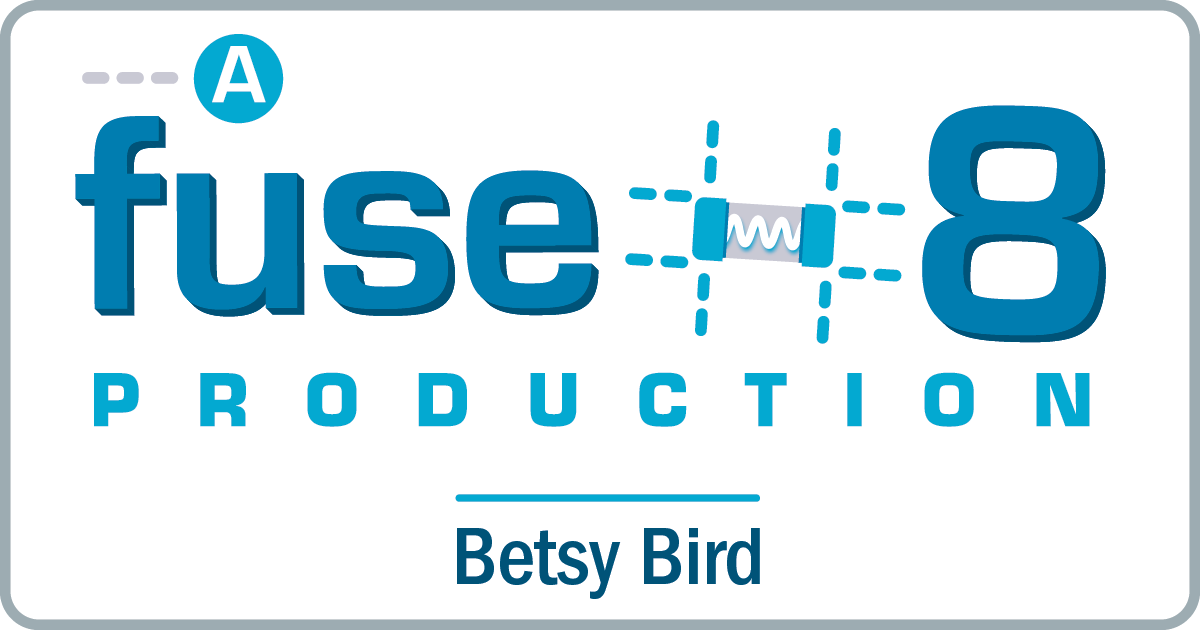

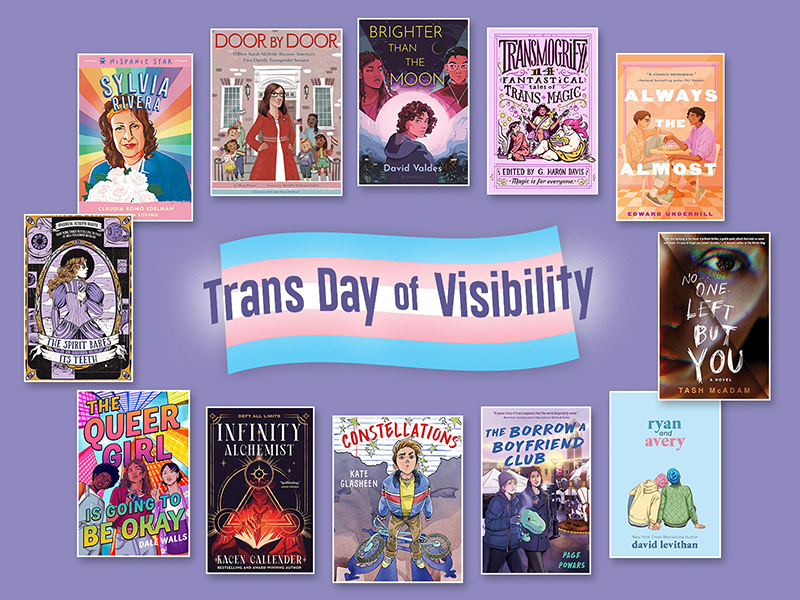
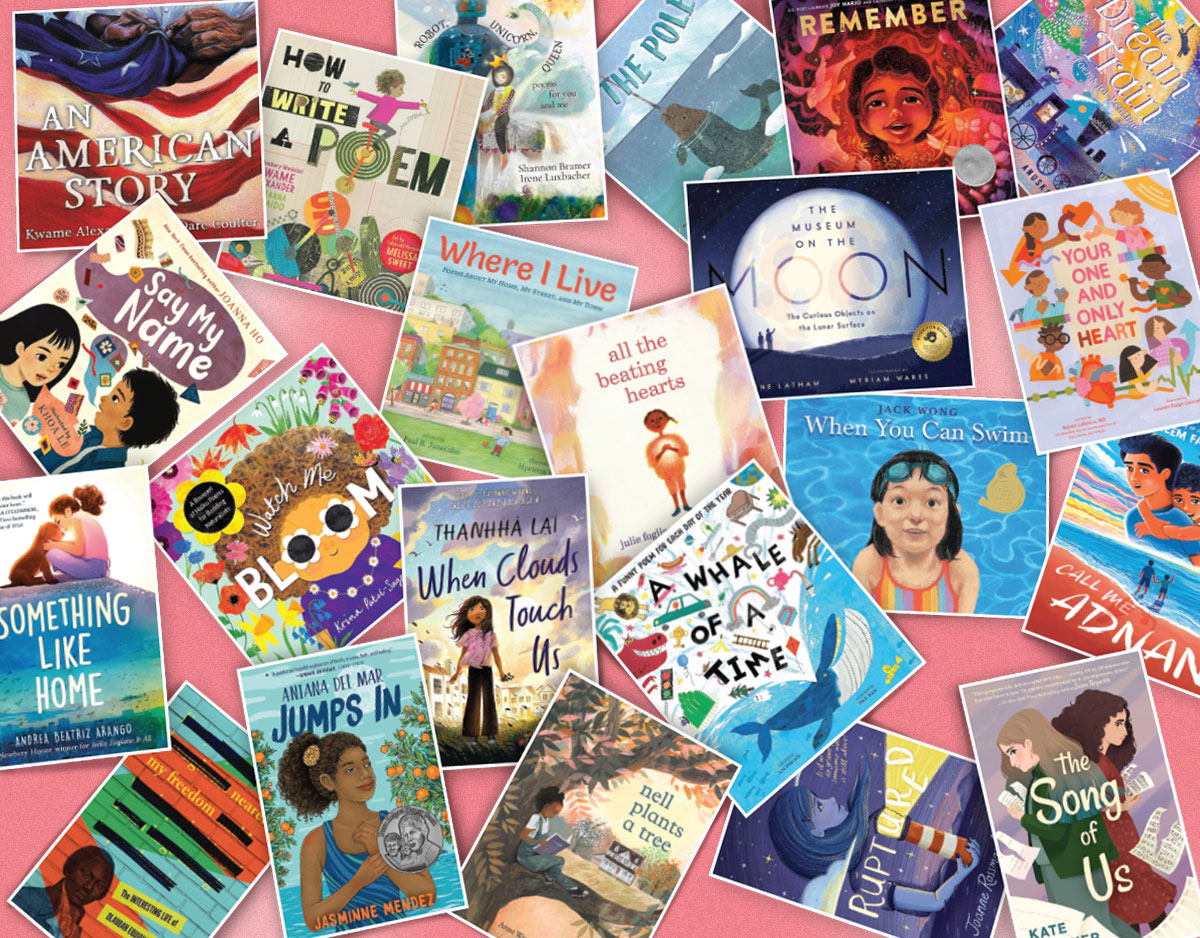
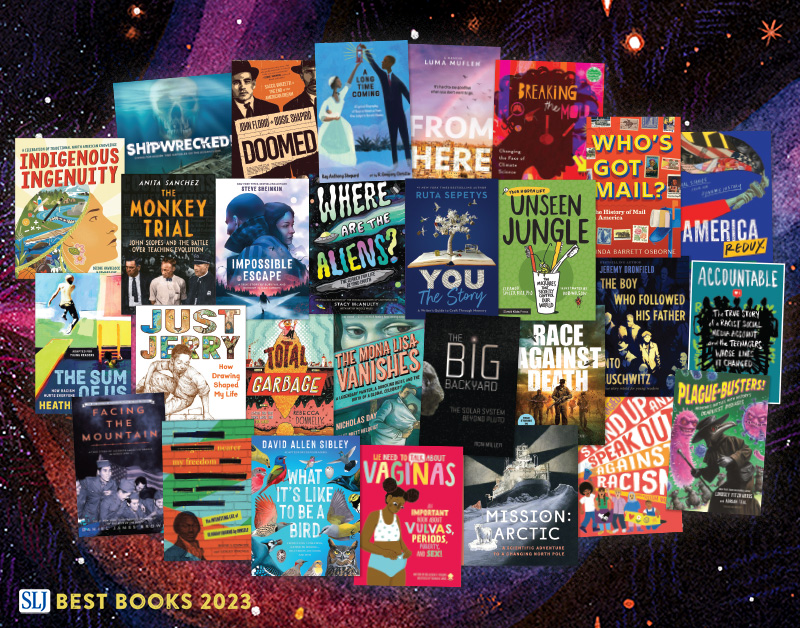
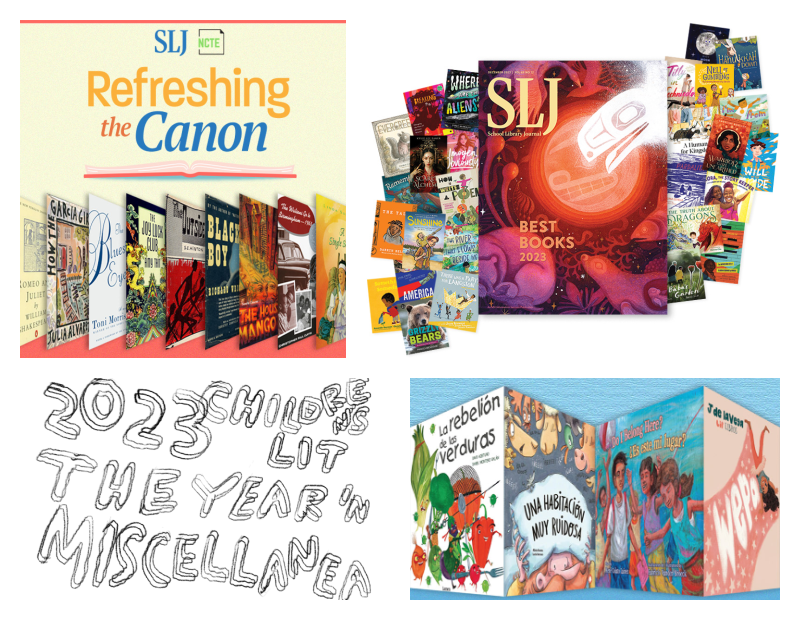
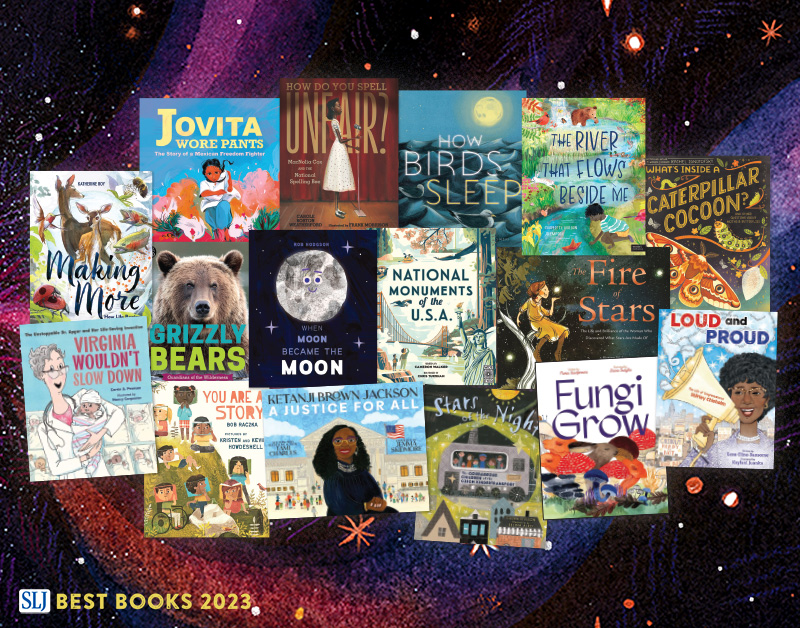
Bets, I’m so glad you reviewed this! This was one of those stayed-up-till-2AM-on-a-work-night reads for me. I was also very impressed by the riot scene (I think I read the whole part with my jaw on the floor), and I *learned* so much from this book. I am so glad to see more writers allowing their young readers to discover and experience that gray area, that complexity that surrounds real issues. Hooray for Kekla!
Just wanted to let you know I linked to this post.